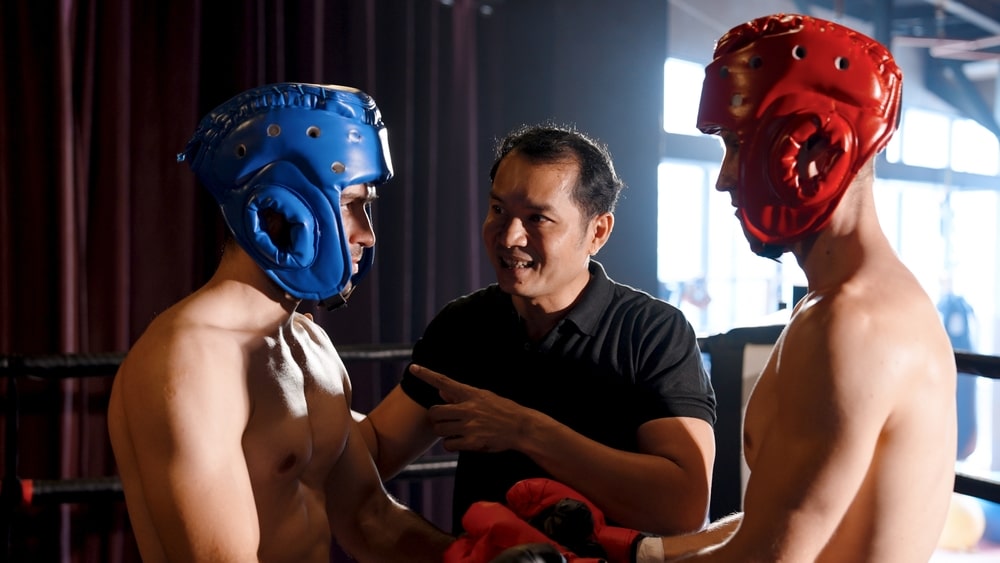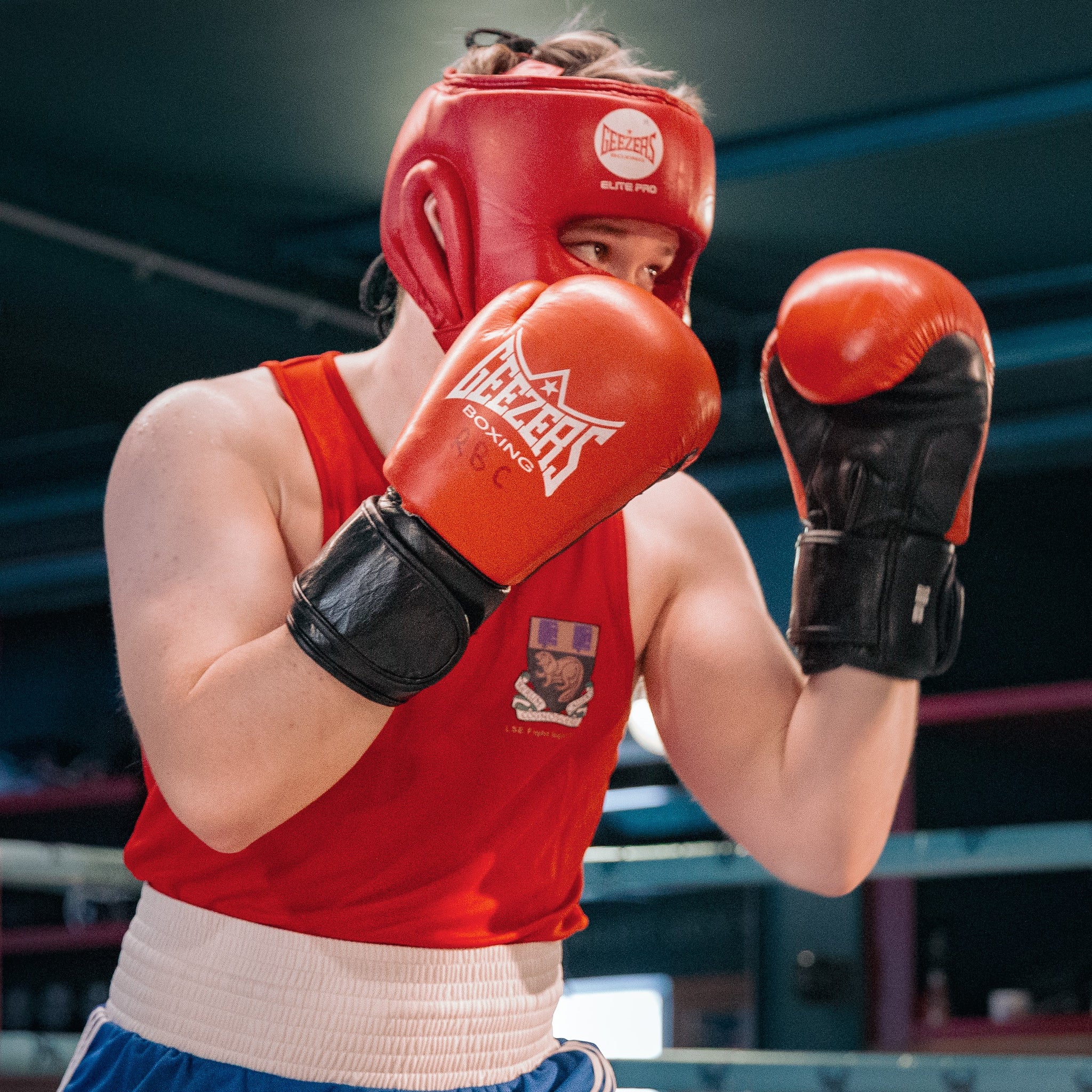White-collar boxing is a sport and an event that has skyrocketed in popularity over the last 10 years. Allowing your normal men and women to dedicate 8 weeks of their time to training before jumping in the ring and experiencing what it is like to be a boxer truly is the experience of a lifetime.
An average of 15,000 people take part in these events every year in the UK alone & these numbers are only set to rise in the coming years. So, if you are looking to get into white-collar boxing, now is the time!
In this article, we will detail what white-collar boxing is, the rules, what to wear, and also how it helps to benefit charities.
What Is White-Collar Boxing?
White-collar boxing originated in 1998 in New York. It started with a doctor and an attorney training for two weeks before boxing at a black-tie event. The ‘white collar’ term refers to everyday white-collar professions and workers who these events are built around.
The participants, all from non-boxing backgrounds, undergo weeks of dedicated boxing training before competing in a boxing match. The events are typically put on for charities and are in controlled and safe environments allowing for amazing and safe fights.
White-Collar Boxing Rules

Because white-collar boxing is designed for individuals with zero boxing experience, stringent rules are needed. There are a huge amount of rules and regulations that come with these events, which are designed to ensure the fighter's safety. These rules include:
- All boxers must complete and pass a medical before they box
- Must be aged 18 or over to compete
- All boxers train together to ensure fair matchups
- The fights are 3 x 2-minute rounds with a minute rest between rounds
- The fights will be scored by the referee
- Three standing 8 counts in a single round will result in the referee stopping the fight
- The referee can stop the bout at any time if they feel either boxer's safety is compromised
How Do White-Collar Events Ensure Fighters' Safety
1 - All participants train together and are then matched up as fairly as possible based on weight, height, fitness, and ability.
2 - All fighters will wear 16oz gloves and head guards which have been provided by the UWCB.
3 - All participants must partake in and pass pre-bout medical checks before boxing to ensure that they are healthy enough to participate.
4 - Participants will then receive an in-depth medical immediately after their fight to check for any injuries or problems.
5 - All white-collar boxing events are refereed by AIBA or BBBOC-qualified referees to ensure fighter safety and fairness.
How Often Do You Train For White-Collar Boxing Bouts?
It is recommended that you train at least two or three hours a week to get sufficient training for fight night. However, there is no limit on the amount of training that you can do. You can train every day if that is what you want to do.
A lot of people like to put more hours into training to try and reduce the anxieties and nerves that can come before fight night. The more training that you do, the more ready you will be come fight night.
What To Wear To A White-Colar Boxing Event?
White-collar boxing events can be very big events and therefore often have strict dress codes for both fighters and spectators.
Spectators
When spectators are coming along to support their friends and family, they must dress to impress. All white-collar boxing events are black tie which means that the men have to get fully suited and booted and the ladies need to put on their best dress.
Men - All men must wear a shirt, tie, trousers, and smart shoes
Ladies - All ladies must wear either an evening dress, cocktail dress, or shirt and a blouse
Must Not Wear - Trainers, chinos, casual shirts, open shirts, leggings, joggers, jeans
Fighters
In these white-collar events, there are also very specific gloves, head guards, and groin guards that fighters must use during these events. In addition to this, there are other pieces of boxing equipment that boxers can benefit from wearing during training and fight night.
- Fighters must wear the 16oz UWBC gloves that are provided on fight night
- All fighters must wear protective hand wraps
- All boxers must also wear full UWCB head guards during their bout
- Male fighters must wear groin guards, but they are optional for females
- All fighters must wear mouthguards during training and their fight
- You will need to buy shorts for fight night
The event will typically provide you with vests, gloves, and headgear on the night. However, everything else will need to be purchased. We recommend that you purchase high-quality mouthguards, groin guards, boxing shorts, and also boxing boots.
How Does Charity Influence White-Collar Boxing?
Charity plays a huge part in white-collar boxing. All of these amazing black-tie events are not just to give these fighters a huge, once-in-a-lifetime experience. They are also fundraisers for charities. In fact, the industry-leading event Ultra White Colar Boxing has raised over £28.4 million for charities.
All participants receive 8 weeks of free training at local boxing gyms with amazing professional boxing coaches. All that is asked of fighters is to raise a minimum of £50 for charity.
Your Go-To Place For All Your White-Collar Boxing Equipment
Here at Geezers Boxing, we stock all the boxing training equipment and fight equipment you need for your white-collar boxing journey. Whether you are looking for groin guards, mouthguards, hand wraps, boxing boots or boxing shorts for fight night or 16 oz boxing gloves for training sessions, we have you covered.











